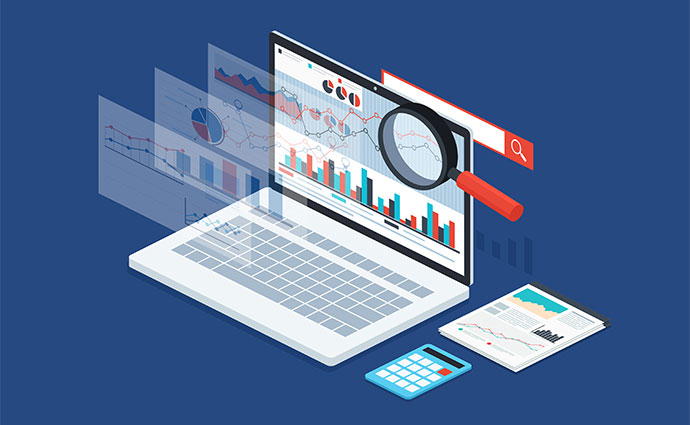Over 30% of Health Systems Have Manual Patient Access Processes
Health systems are looking to adopt technology to improve patient access and the patient financial experience despite a fragmented market, a survey shows.

Source: Getty Images
- Patient access is still a largely manual process for most health systems, but more organizations are looking to automate, according to an Eliciting Insights survey.
The survey of patient access executives at over 150 health systems sought to understand the adoption of technology across the spectrum of patient access workflow activities, areas of purchasing, and decision-making trends in late 2019.
The survey found that over half of patient access functions remain highly manual. More than 30 percent of health systems also rely on manual processes for prior authorizations, patient- and staff -generated pricing estimation, charity screening, pre-visit forms and education materials, presumptive charity, registration quality checks, appointment reminders, and identity verification.
The survey also found that market for patient access vendors is highly fragmented. Researchers identified many players but no dominant leader working with health systems for medical necessity, registration quality checks, identity/address verification, online bill pay, pre-and point of service credit card payments and patient estimation.
However, the market is ripe for patient financial engagement technologies, the survey found. Over half of health systems surveyed do not offer a patient financial engagement platform, kiosks, or patient self-serve scheduling, which leaves significant white space.
New vendors have an opportunity to develop much-needed technologies for patient access. But they will have to compete with health IT giants, like Epic, researchers warned.
Health systems using Epic for patient accounting and registration are beginning to look to their EHR vendor for additional patient access workflow technologies such as consent forms, prior authorization, medical necessity, patient estimation, presumptive charity, and wait time tracking.
“We are seeing many new vendors selling to Patient Access, while traditional Back End vendors are moving into Patient Access,” said Trish Rivard, CEO of Eliciting Insights.
Automating patient access has the potential to benefit health systems and patients. Half of healthcare consumers are frustrated with their provider’s patient billing and collections processes, especially those that are not yet digital, a recent survey of over 1,000 individuals showed.
Younger consumers were significantly more frustrated and were more likely to stop seeing providers and write negative reviews based on bad experiences.
In addition, the survey found that one in three Americans think providers can do more to improve the patient billing and payment process to relieve their frustrations. Patients want more price transparency and flexible payment options.
Roughly 90 percent of these Americans stated that they are more likely to return to a provider if the organization offers a loan program to pay for patient financial responsibility. According to a 2017 ClearBalance survey, 88 percent of over 4,000 consumers stated that they would refer a provider with a loan program to their friends and family.
If providers fail to meet consumer demands, they run the risk of losing business. Healthcare providers can redesign their patient billing processes to meet consumer expectations and account for the steep rise in patient financial responsibility in a number of different ways. For example, simplifying medical bills and implementing electronic payment options are just a few of the valuable methods for providers.
